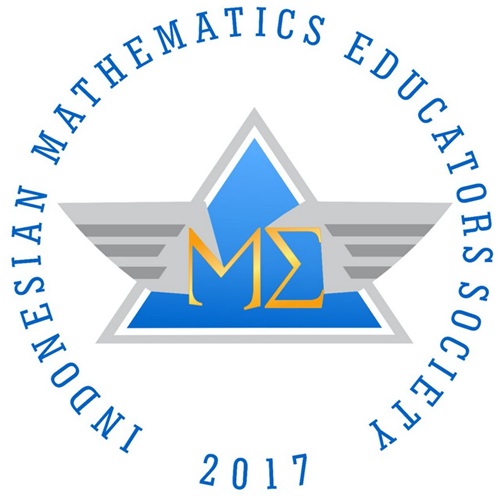PROSES BERPIKIR SISWA QUITTER PADA SEKOLAH MENENGAH PERTAMA DALAM MENYELESAIKAN MASALAH MATEMATIKA
DOI:
https://doi.org/10.22437/edumatica.v1i02.181Abstract
ABSTRACT
This research question was what the thinking process of the quitter of the junior high school students in solving mathematical problems was. This research was an explorative qualitative research, which was conducted in the grade VII students of the Integrated Model of State Junior High School of Madani in Palu. The research subject was only one quitter student. In grouping students into three categories, it was used an adversity response profile. This research was aimed to describe the thinking process of the quitter, camper and climber of the junior high school students in solving mathematical problems. The research findings were that the thinking process of the quitter student in understanding and devising a plan to solve mathematical problems was reflective abstraction and assimilation at once. In carrying out the plan and looking back the solution of the mathematical problems, she did the thinking process with pseudo-empirical abstraction and assimilation at once. He was able to mention that the given case was: Aman had 14 more candies than Budi had, the number of their candies is 56, and then asked: how many candies did each has? She could identify the case given and asked by looking at statement and the interrogative or imperative sentences of the mathematical problems. She planned to solve problems as the following: providing 56 candies, giving 14 candies to Aman, sharing two groups candies left, counting candies which each had. She carried out problems as the following: (1) taking 56 candies from a can, (2) giving 14 candies to Aman, (3) giving 1 candy to Aman and 1 candy to Budi and so forth until the remainder was zero, each of both Aman and Budi recieved 21 candies, and (4) counting their candies which each had, Aman received 35 candies and Budi received 21 candies. She looked back the solution as the following: (1) taking 35 candies, taking 21 candies, they were combined to be 56 candies to check the conformity to the case given, namely, the number of their candies as 56, (2) taking 35 candies, taking 21 candies, they were taken away to be 14 candies to check the conformity to the case given, namely, Aman’s candies were 14 more than Budi’s. The quitter student manipulated the concrete object in solving problems and looking back the solution of the solution of the problems.
Key Words: Â Adversity quotient, problem solving, abstraction,.assimilation, and
accommodation.
Downloads
Downloads
Published
Versions
- 2011-10-15 (1)
- 2011-10-15 (1)






